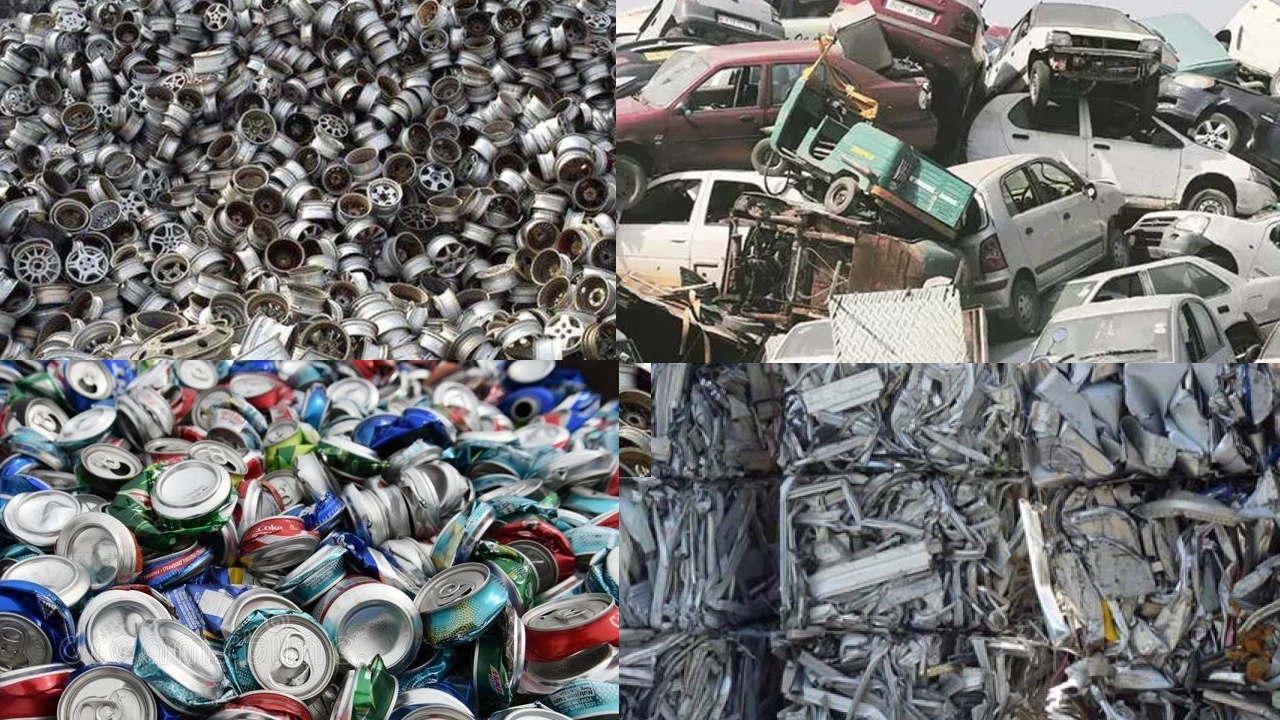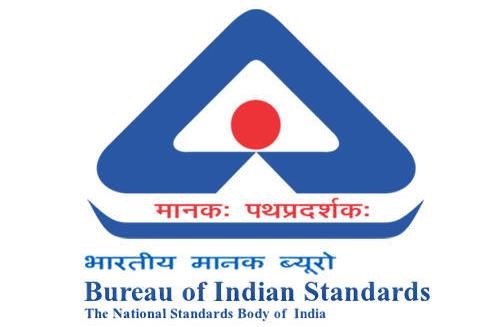

The mining ministry has lately released the National Non-Ferrous Metal Scrap Recycling Framework 2020, covering key non-ferrous metals like Aluminium among others.

The framework has been released with the intent to promote a formal and well-organized recycling ecosystem in the country which is presently hugely unorganized and highly dependent on imported scrap. It also focuses to produce high-quality scrap for quality secondary production, while reducing the dependence on imports and encourage economic wealth creation, job creation and increased contribution to GDP through metal recycling.
The upcoming vehicle scrappage policy for automobiles has also given the drive to build this framework at the backdrop and it will secure abundant availability of domestic scrap in the country. The crucial recommendations are the setting up of a central authority for recycling metals as the Metal Recycling Authority (MRA). It strongly recommends establishing BIS standards for Quality of scrap used for recycling and recycled products, and standard procedures for recycling and processing of scrap in consonance with MoEFCC rules/guidelines for environmental protection.

However, these recommendations will bolster efforts of the domestic Aluminium industry demanding formulation of standards for Scrap in the country. The formulation of BIS Standards for Scrap usage, recycling & imports will be the first step to develop the domestic recycling ecosystem and promote a circular economy by utilization of indigenous scrap thereby reducing dependency on imports. Discouragingly, in the present day, India does not have an adequate institutional mechanism for proper collection, sorting and processing of domestic or imported scrap. There are no BIS/quality standards in place for Scrap and the final recycled products.
As per our industry sources: “The domestic Aluminium industry is countering acute threats from increasing scrap imports, whose share in total Aluminium imports increased from 52% in FY-16 to 67% in FY-21, resulting in Forex outgo- of $2 billion (INR 14,000 Crore). India has become a scrap dumping ground due to the US-China trade war and various Chinese measures to restrict Scrap imports through its National Sword Policy. This has diverted the entire global scrap chain towards India as the USA dumps huge scrap volume to India resulting in a 327% rise in scrap imports from the USA in the last 5 years, given the stringent standards for scrap followed by the EU and other developed countries.”
The framework also aims to stretch required support to foster Research and Development in Metal scrap recycling while adopting data-based analysis and policy-making at all stages of the recycling chain. The significance has been delivered for creating public awareness about the benefits of efficient scrap collection, segregation and recycling with a Quality certification mechanism for recycled secondary metal and a ‘recycled’ logo may be put on all recycled products to highlight the circular economy.
The composed plan defines roles and responsibilities with clear timelines for various stakeholders including the Government, Recycling Authority, Public, Manufacturers and Dismantling & Processing Centres to achieve the goal of making an organized recycling industry in the country over the next three years.
Accelerating all these action plans will be vital for the success of the Indian Recycling industry to encourage efficient utilization and recycling of indigenous scrap and boost a domestic circular economy. This will create remarkable opportunities for revenue generation, creation of jobs and MSMEs and uplift domestic value addition in the country in line with a greater vision to make an AatmaNirbhar Bharat.



Responses






